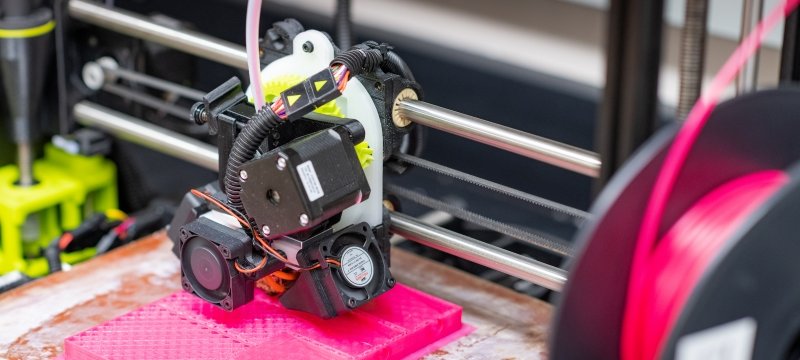Senior Design emphasizes solid, practical training that prepares students to work in industry. Senior Design teams experience the entire process of a real-world, client-based engineering project, tackling open-ended problems that reflect the work graduates will likely encounter on their first job.
In Senior Design, you’ll explore not only the technical facets of biomedical engineering, but also the business side of engineering, including
- Communications
- Teamwork
- Project management
- Intellectual property
- Ethics
Throughout the yearlong project, teams benefit from working closely with an industry partner and a faculty advisor. Students gain the skills and experience that can launch them into successful careers, while industry partners gain access to tomorrow’s engineers, today.
